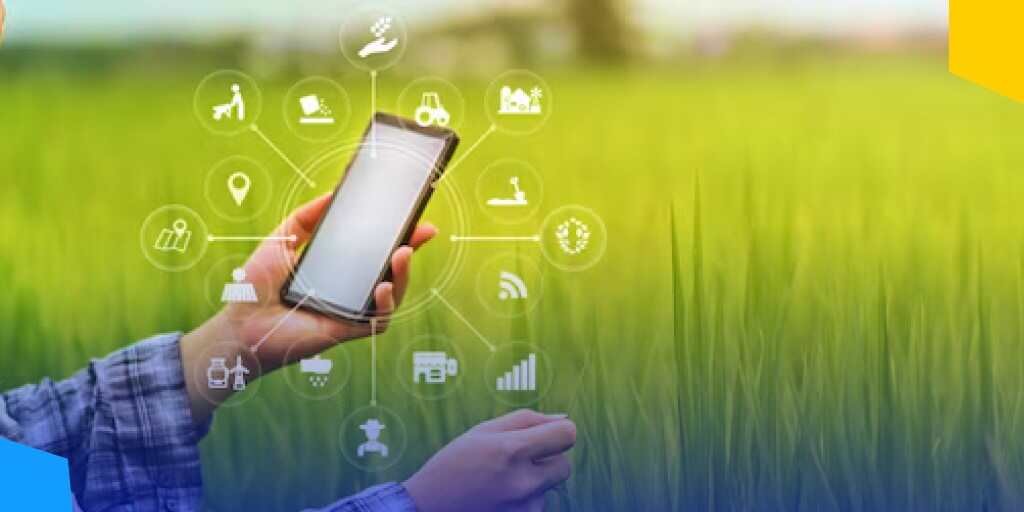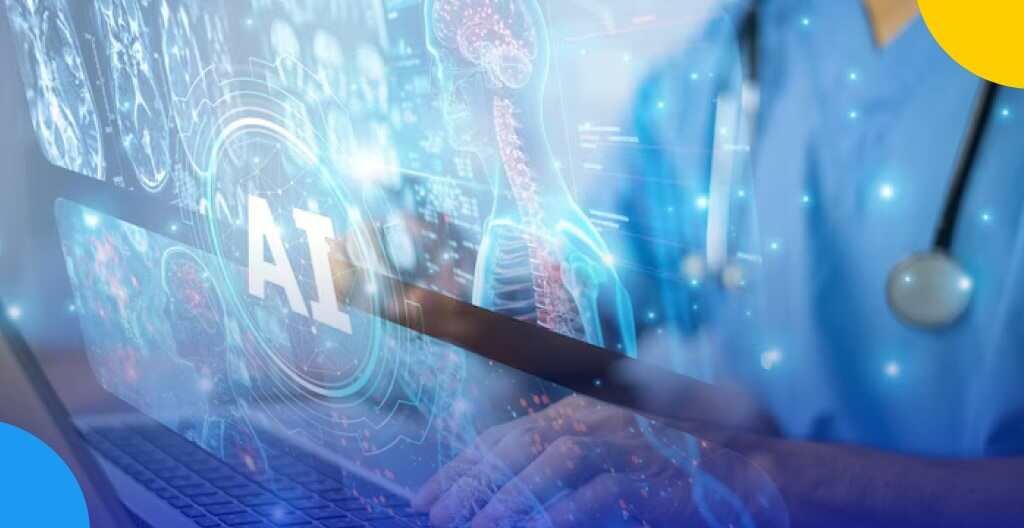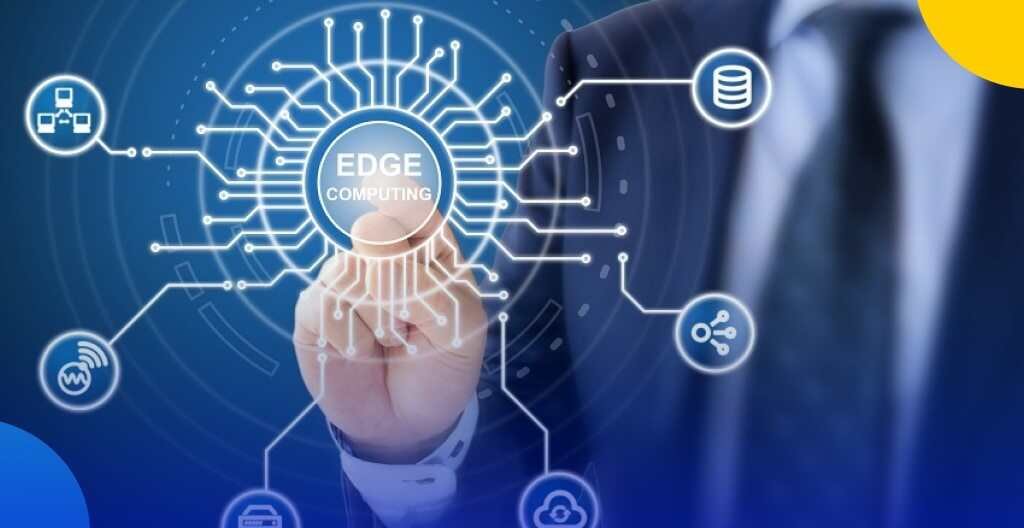IoT is transforming the agri-world into the agri-landscape with smart farming, in a productive, efficient, and sustainable way. By using IoT-powered sensors, automation, and real-time data processing, farmers are now able to automate irrigation, monitor soil health, monitor livestock, and boost yield. With the application of cutting-edge technologies like AI and automation, IoT reduces wastage of resources and facilitates decision-making, revolutionizing agriculture in the future.
Table of Content
What is IoT in Agriculture?
Farm IoT implements sensors, networked devices, software, and data science to monitor and regulate the farm enterprise in real-time. They track soil, weather, plant health, wandering animals, and more, which can be tracked remotely and utilized by the farmer. It enables the farmer to make decisions based on facts, which result in productivity and food security in the long term.
The key components of IoT technology in agriculture include:

- Sensors and Actuators: They monitor soil moisture, temperature, humidity, light, nutrients, etc. Actuators control irrigation, ventilation, and other agricultural equipment depending on inputs from sensors.
- Connectivity: Wi-Fi, Bluetooth, LoRa, or cellular networks enable devices to share data from sensors to a focal point for processing.
- Cloud Platforms: They save and process large amounts of farm data and present it to farmers at any time, from any place.
- Data Analytics: Advanced algorithms read the data to give insights, such as when to irrigate crops, fertilize, or harvest for optimal yields.
- Automation Systems: Smart irrigation, greenhouse, and animal feeding systems react automatically to data inputs, conserving labor.
The Benefits of IoT in Agriculture
- Higher Crop Production: Better irrigation and fertilization mean increased productivity. AI-based insights even optimize planting calendars and harvest dates for optimal outcomes.
- Reduced Consumption of Resources: Smart systems conserve water, fertilizers, and power. Precision technology eliminates waste and advocates green and sustainable agriculture.
- Enhanced Livestock Management: IoT wearables track health and reduce losses from diseases. Farmers receive early warnings, improving livestock longevity and productivity.
- Better Decision Making: Real-time data analysis enables future–oriented farming strategies. Past patterns in historical data predict weather effects, pest infestations, and market demand.
Challenges and Risks of Implementing IoT in Agriculture and Farming
Despite its advantages, IoT adoption in agriculture faces several challenges:
- High Initial Expenditure: Advanced IoT infrastructure can be expensive. Nevertheless, long-term financial savings through heightened efficiency and productivity can balance the cost.
- Accessibility Challenges: Remote communities lack internet connectivity that would be needed by IoT devices. New technologies such as low-power wide-area networks (LPWAN) and satellite IoT are closing this disparity.
- Data Privacy and Security: Cyber attacks and data breaches threaten sensitive farm information. Encryption, firewalls, and security updates can prevent valuable agricultural information from being compromised.
- Technical Knowledge Gap: Farmers need training to use IoT solutions effectively. Agritech firms are increasingly providing simple-to-use interfaces and farmer training programs to facilitate adoption.
- Maintenance Costs: IoT devices must be continuously updated and maintained. Predictive maintenance algorithms can also assist in detecting potential problems early, minimizing surprise repair expenses.
Future Trends in IoT Smart Farming

The future of IoT in agriculture is promising, with emerging trends such as:
- AI and Machine Learning Integration: Farm choices will be optimized even more with AI-driven analytics. From forecasting weather patterns to early detection of crop diseases, AI will make smarter, quicker, and more precise decisions.
- 5G and IoT Connectivity: With high-speed internet, real-time data transfer will be boosted. From forecasting weather patterns to identifying crop diseases early, AI will make smarter, quicker, and more precise decisions.
- Automation and Robotics: Autonomous tractors, robotic reapers, and drones will improve efficiency. The robots will handle man–hours operations like planting, spraying, and harvesting: slashing costs and inaccuracies.
- Edge Computing in Agriculture: Local processing of data at a quicker speed will reduce reliance on cloud networks.
IoT use cases for Agriculture and smart farming
- Precision Farming: IoT sensors monitor soil water, temperature, and nutrient levels to irrigate and fertilize more effectively, growing more crops with less waste. Sensor-loaded drones can similarly map out entire fields, indicating areas that need extra care.
- Smart Irrigation Systems: Computerized irrigation systems regulate water flow based on current weather and soil sensor information, conserving water and giving the crops the perfect amount of water. Advanced installations even pick up leaks, avoiding water waste.
- Livestock Tracking: IoT wearables monitor animal health, activity, and behavior. Farmers receive immediate alerts of unusual activity, avoiding disease outbreaks, pregnancy tracking, and protecting animals from predators.
- Greenhouse Automation: Greenhouses are equipped with sensors that measure temperature, humidity, light, and CO₂. This regulates the conditions of growth for crops automatically without human intervention by making adjustments, resulting in higher yields and cost savings.
- Supply Chain and Food Traceability: IoT sensors follow fruits and vegetables from the farm to the plate. Temperature, humidity, and conditions of handling are recorded while transporting the produce so that food remains safe and reduces wastage. It also enables authentication of the product.
- Weather and Pest Forecasting: IoT-enabled weather stations collect hyper-local information, allowing farmers to forecast weather conditions more precisely. Pest-detecting sensors track harmful insect activity, so farmers can take action before infestations are out of control.
- Crop Monitoring using Drones: Drones carry high-definition cameras and sensors that capture aerial images of farms. It is easy for farmers to spot diseases, nutrient deficiencies, and irrigation problems using this for even big fields, decreasing field-level scouting.
- Soil Health Monitoring: There are sensors continuously monitoring pH, salinity, and organic matter content, and farmers make decisions regarding crop rotation, fertilizers, and reclamation strategies based on these.
How is Hutech Solutions Powering the Future of Smart Agriculture with IoT?
Hutech Solutions is a pioneer of Internet of Things(IOT) technology, developing cutting-edge solutions, driven by AI that deliver connectivity, performance in operations, and sustainability for industries. Leveraging research, development, and partnership with industry, Hutech Solutions thinks in terms of innovating without boundaries to serve the needs and challenges of the digital world.
Ready to revolutionize your farm with IoT technology?
Join hands with Hutech Solutions today and enjoy smarter, data-based, and more efficient farming. Reach out to us now to begin!
Conclusion
IoT is revolutionizing agriculture to turn farming into making farming as efficient, sustainable, and productive. From precision farming to animal monitoring, IoT provides farmers with real-time data, automation, and smart decision-making. While restricted by being expensive and plagued by connectivity problems, the future of IoT technology in agriculture is bright, as advances in AI, robots, and blockchain ensure a more connected, technology-facilitated farming industry. Firms such as Hutech Solutions are leading the revolution, so that IoT in agriculture continues to develop with technology.
Ready to Advance your Digital Transformation?Get in touch with us.
Discover why Hutech is the right partner for your business.
MAIL US AT
sales@hutechsolutions.com
CONTACT NUMBER
+91 90351 80487
CHAT VIA WHATSAPP
+91 90351 80487
Humantech Solutions India Pvt. Ltd 163, 1st Floor, 9th Main Rd, Sector 6, HSR Layout, Bengaluru, Karnataka 560102




